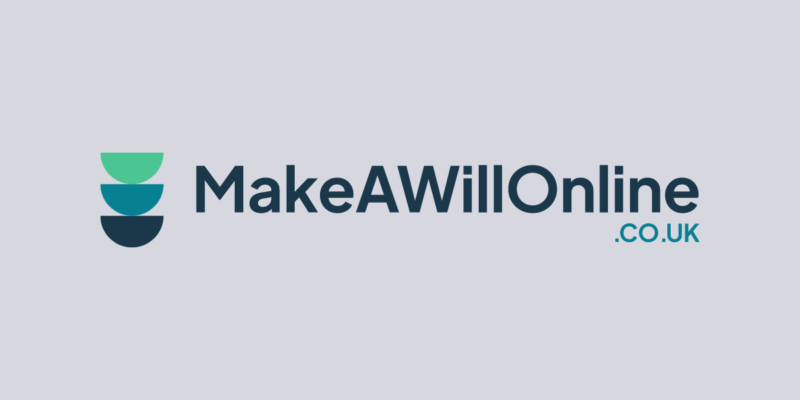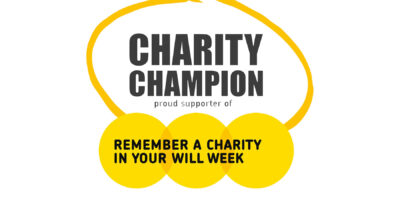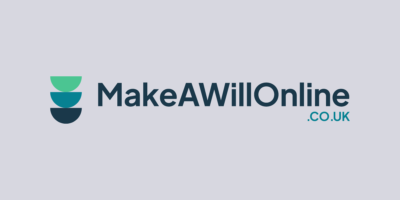Make a Will Online ran a series of two seminars in the New Year aimed at helping our charity partners make the most out of supporter communications. We brought in world-renowned charity fundraising expert Richard Radcliffe.
In a series of two seminars Richard discussed current trends in legacy giving, gave invaluable advice on how to use these to communicate with supporters.
You can see the first seminar here: (available until 17 February 2022)
You can watch the second seminar here: (available until 26 February 2022).
Richard Radcliffe – Legacy Marketing seminars – January 2022 Notes
Prepare a SWOT
Analyse the strengths, weaknesses, opportunities and threats – this can be presented to trustees and higher levels of management
Campaign Type
Informational – giving everyone a choice (it’s not a donation but an investment in the future)
Affordable to all – ensure supporters realise any amount will be valued – however promote residuary legacies as these are more valuable
Understanding – ensure supporters know how your charity is funded so they realise the impact they can make. Enables charities to thrive not just survive
Channels
Nudge channels – include PS messages and use as often as possible (email, e-news, social media) this is your drip campaign a reminder that it’s possible. Backed up by research from Princeton University who conducted a study for over 30 years that a nudge channel is more effective
Direct channels – use print rather than digital, studies have shown that print is re-read and circulated within the supporter’s circle and it’s loved by all audiences
Focus – include questions within your comms, the older generation like questions to answer
Will making
Triggered by lifestyle changes:
38 ish – new child/partner/home
(challenge! – how to achieve the action of a will between the ages of 38 & 68 in terms of cultivation and stewardship. Most people between these ages are more likely to make a will online)
68 ish – retirement & plenty of time (most popular time to add a gift to a charity into their will)
80 ish – death of a partner
What drives legacy giving?
1. Trust & Confidence
2. Brand Awareness
3. Loyalty
Driven by experience for them or a family member backed up by loyalty and the knowledge that they know you will use their money well and make an impact
Profile of legacy givers
60% female 40% male
Average wealth at death £450k
Liquid poor, asset rich – liquid rich and asset rich – everyone leaves legacies
Mostly intelligent baby boomers
Cultivation & Stewardship (two different audiences)
Cultivation – these are enquirers, objective is to get them to do a will. Don’t force them into engagement ask how they would like to keep engaged (phone, events, news) ask them if there is any news they want to be informed about ie, how much money you raise and what you spend on
fundraising). Telephone is the best tool for this.
Stewardship – these are supporters who have left a gift already, your objective is 2 fold: 1 to make sure they keep you in their will, 2 to try to upgrade the value of the legacy, increased % or move from a pecuniary to a residual gift.
Internal Buy-in
Make sure to get internal backing and support from Trustees, staff and volunteers
Trustees & Leaders – give them every statistic possible (growth of legacy income over the last 15 years £1.7B to £3.3B and due to double again in the next 25-30 years – average legacy is £24k with average residual £40k and average pecuniary £4k). Give them the SWOT analysis. Therefore, if you get 10 legacies a year that would be an average income of £250k. Demonstrate how a campaign can be run with relatively no cost/risk by putting simple informational messages in all comms.
Staff – demystify the whole subject. Hold a MCQ quiz on legacy income, give them stats of other charities (Cancer Research £180M – Donkey Sanctuary £26M). Explain that it’s not an ask. Give examples of a range of past legacies small and large. Report every legacy to all staff and name legator as someone in the charity may have been part of their journey. Give percentage comparatives for similar charities of their legacy income. Offer a free will. Invite MaWO to learning at work sessions.
Volunteers – same a above but don’t offer a free will. Ask them to help you raise awareness and raise a fortune. These are your best ambassadors – ask for their help in promoting legacies. Make it as simple as possible for them so they can do it without effort eg (bookmark).
Measuring Success
Never measure number of pledgers. Lots of stats which are misleading as too general the best way to measure success is by using KPI’s
1. Number of enquirers
2. Number of legacy messages distributed on every channel
3. Number of conversations held on the phone or at events/talks
4. Number of slides used at events (last slide of every presentation should be promoting legacies – age appropriate)
5. Number of hits on legacy web pages and time spent
Key Actions
Look at every audience and attach an objective to that audience
eg, volunteers – objective is to promote legacies – how – bookmark – which channel can do that? volunteer’s meeting to let them know how.
Call to action – Registered charity name and number, link to MaWO
Timeline – most wills are made in the spring or autumn but this is diversifying too


